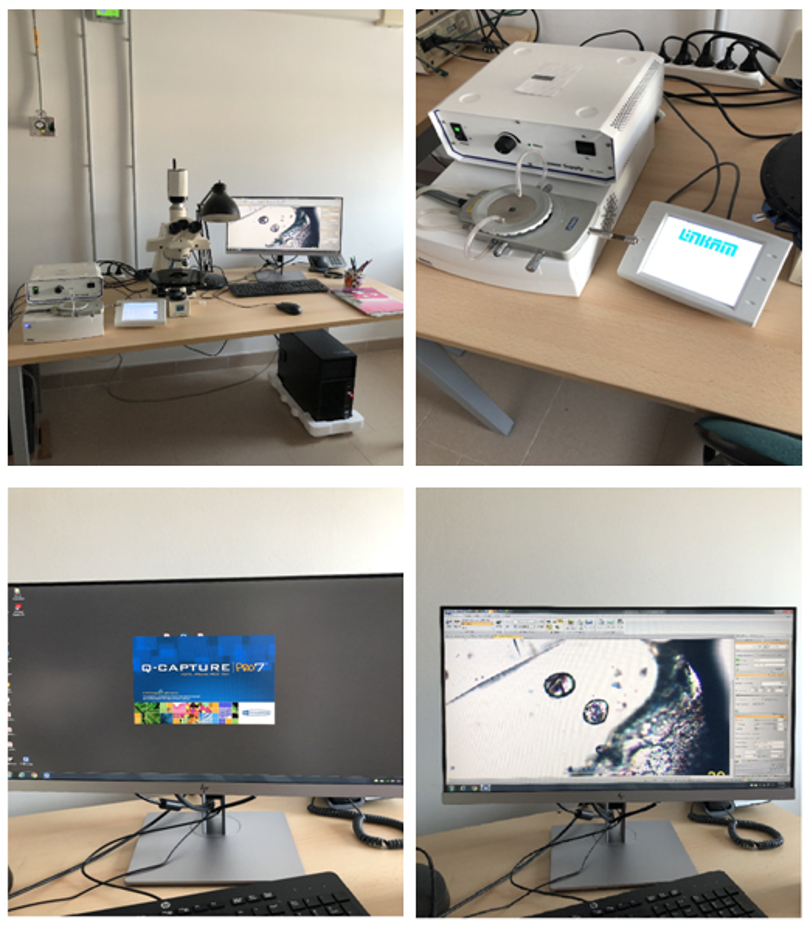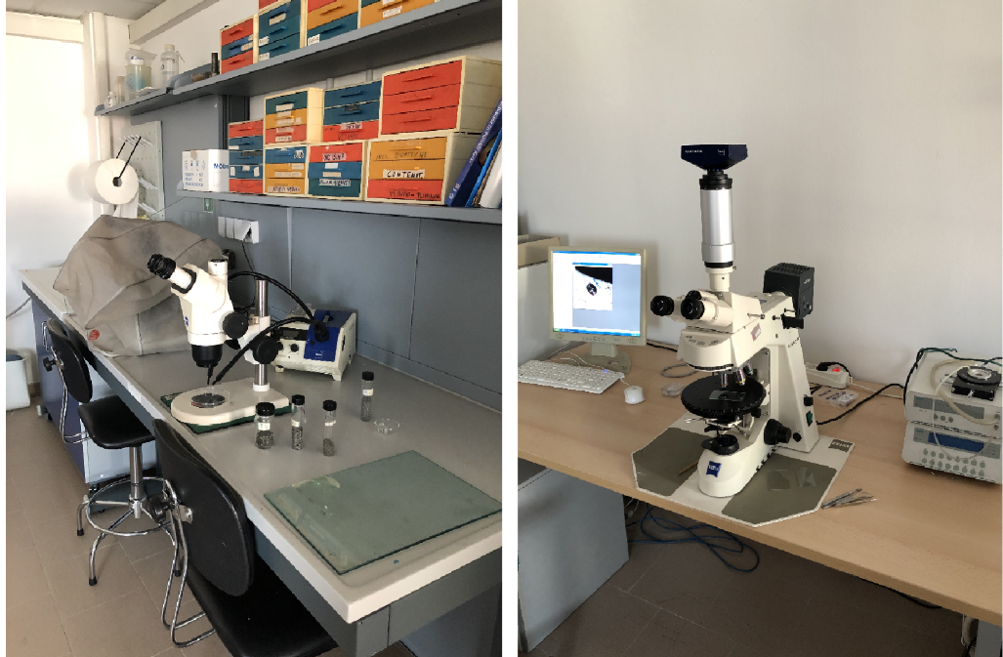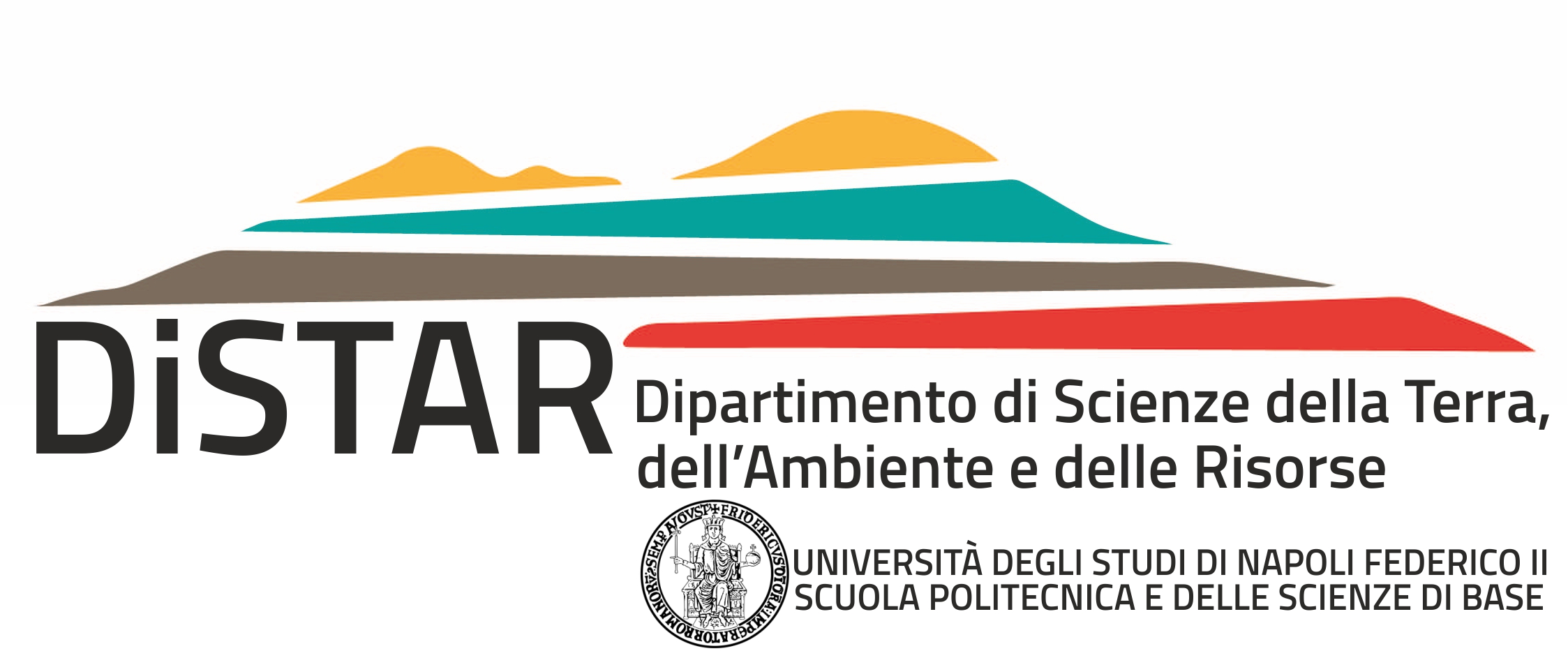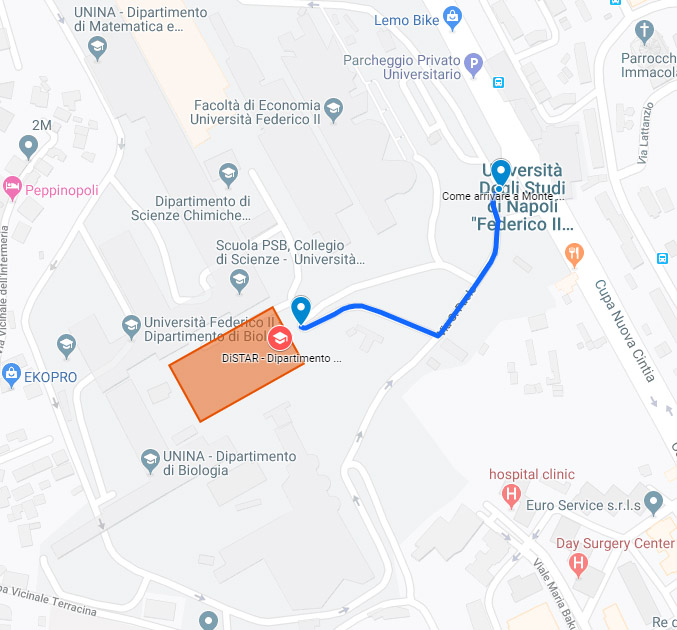Inclusioni fluide e silicatiche nei minerali
RADRL: Dott.ssa Manuela Rossi
Preposto: Prof. Annamaria Lima
Stanza: Edificio 10 - L3 3.05
In questo laboratorio si studiano le inclusioni fluide (IF) e le inclusioni silicatiche (MI) presenti nei minerali che formano le rocce.
Le inclusioni fluide (IF) sono cavità isolate di dimensioni per lo più micrometriche, riempite di fluido(i) ± solidi, e vengono intrappolate nei minerali in seguito a meccanismi di accrescimento, precipitazione e/o dissoluzione; sono l'unica testimonianza diretta di fluidi che, in epoche geologiche più o meno recenti, sono entrati in contatto ed hanno reagito con le rocce. Contribuiscono, dunque alla comprensione di sistemi diagenetici, all’evoluzione sotterranea dei fluidi, allo studio della formazione dei giacimenti minerari, allo studio della migrazione del petrolio e alla ricostruzione di evoluzione termica, tettonica e stratigrafica di un sistema subvulcanico.
Le inclusioni silicatiche/magmatiche (MI) differiscono dalle IF in quanto le cavità che si formano nei cristalli sono riempite da un fuso magmatico o silicatico. Le goccioline di magma che vengono intrappolate durante i processi di cristallizzazione possono fornire preziose informazioni per studi petrogenetici, magmatologici, vulcanologici e idrotermali. Recentemente, grazie allo sviluppo di tecniche analitiche sempre più sofisticate (microsonda ionica, Raman, LA-ICP-MS), che consentono la determinazione di elementi in traccia e degli isotopi stabili e radiogenici anche su porzioni di materia infinitamente piccole, lo studio delle MI ha conosciuto un notevole progresso. Dal momento che le MI non degassano durante le eruzioni e rappresentano un sistema chiuso, in ricerche vulcanologiche vengono utilizzate come valido strumento per la determinazione delle concentrazioni dei volatili nei magmi in condizioni pre-eruttive.
 A) Cristallo di quarzo contenente FI. Le “nuvole” scure in alto a destra sono aggregati di migliaia di inclusioni, alcune delle quali sono state intrappolate durante la formazione del quarzo mentre altre durante eventi successivi. B) Inclusioni fluide in cristallo di quarzo. C) Inclusioni fluide con "cristalli figli".
A) Cristallo di quarzo contenente FI. Le “nuvole” scure in alto a destra sono aggregati di migliaia di inclusioni, alcune delle quali sono state intrappolate durante la formazione del quarzo mentre altre durante eventi successivi. B) Inclusioni fluide in cristallo di quarzo. C) Inclusioni fluide con "cristalli figli".
STRUMENTAZIONE
- 2 Microscopi ZEISS Axioskop a luce trasmessa e riflessa per campioni bidimensionali
- 3 Microscopi Leitz a luce trasmessa e riflessa per campioni bidimensionali
- 2 Microscopi binoculari (stereomicroscopi)
- Linkam 600 Heating and cooling stage
- Linkam 1350 Heating stage
- Linkam 1400XY High T stage
Attrezzatura completa per la preparazione dei campioni:
- bagno per lavaggio a ultrasuoni
- taglierina Isomet
- lappatrici manuali

 Stereomicroscopio per la selezione dei cristalli; microscopio Axioskop con Linkam 600 heating e cooling stage.
Stereomicroscopio per la selezione dei cristalli; microscopio Axioskop con Linkam 600 heating e cooling stage.
Collaborazioni:
- M. L. Frezzotti, Università di Milano Bicocca, Italia.
- Rosario Esposito, Earth, Planetary and Space Sciences, UCLA, Los Angeles, CA USA
- Dr H. E. Belkin, Dr R. A. Ayuso, Dr I. M. Chou, Dr N. Foley, U. S. Geological Survey, Reston, VA, USA.
- R. A. Bodnar, Prof. R. Tracy, Prof. E. Gazel, Virginia Polytechnic Institute & State University (Virginia Tech), Blacksburg, VA, USA.
- F. J. Spera, University of California at Santa Barbara, Santa Barbara, CA, USA.
- L. V. Danyushevsky, Prof. D. Kamenetsky, University of Tasmania, Hobart, Australia.
- C. Szabo, Dr K. Torok, Eotvos University, Budapest, Ungheria.
- W. Lu, University of Geosciences at Wuhan, Cina
- H.S. Pandalai, Indian Institute of Technology Bombay, India
- P. Minieri, International Gemological Institute, Anversa
- A. Vergara, Dipartimento di Scienze Chimiche, Università di Napoli Federico II
Pubblicazioni scientifiche selezionate:
- ESPOSITO, R., BADESCU, K., STEELE-MACINNIS, M.J., CANNATELLI, C., DE VIVO, B., LIMA, A., BODNAR, R.J. AND MANNING, C.E., 2018. Evolution of major and trace elements and volatile contents of magmas in the Campi Flegrei and Procida volcanic fields, Italy, during the past 18 ka. Earth-Science Reviews.
- LIMA A., ESPOSITO R. and DE VIVO B. (2017). Fluid and melt inclusions from subvolcanic to surface environment in the Campi Flegrei (Napoli, Italy) active volcanic system. Geol Soc. India.
- ESPOSITO, R., LAMADRID, H.M., REDI, D., STEELE-MACINNIS, M., BODNAR, R.J., MANNING, C.E., DE VIVO, B., CANNATELLI, C. AND LIMA, A., 2016. Detection of liquid H2O in vapor bubbles in reheated melt inclusions: Implications for magmatic fluid composition and volatile budgets of magmas? American Mineralogist, 101(7): 1691-1695.
- CANNATELLI, C., DOHERTY, A., ESPOSITO, R., LIMA, A., AND DE VIVO, B. (2016) Understanding a volcano through a droplet: A melt inclusion approach. J. Geoch. Explor. 171, 4-19.
- KLEBESZ R., ESPOSITO R., DE VIVO B. and BODNAR R. J., 2015. Further constraints on the origin of nodules from the Sarno (Pomici di Base) eruption of Mt. Somma-Vesuvius (Italy) based on reheated silicate-melt inclusions and clinopyroxene composition. Mineral., 100, http://dx.doi.org/10.2138/am-2015-4958
- WEBSTER J. D., GOLDOFF B., SINTONI M. F., SHIMIZU N. and DE VIVO B., 2014. C-O-H-S-Cl-F volatile solubilities, partitioning, and mixing properties in phonolitic-trachytic melts and aqueous-carbonic vapor ± saline liquid at 200 MPa. J. Petrol., 55 (11), 2217-2248. Doi: 10.1093/petrology/egu055.
- Esposito, R., Hunter, J., Schiffbauer, J., Shimizu, N. and Bodnar, R.J., 2014. An assessment of the reliability of melt inclusions as recorders of the pre-eruptive volatile content of magmas. American Mineralogist.
- De Vivo B. and Rolandi G., 2013. Vesuvius: volcanic hazard and Civil Defense. Fis. Acc. Lincei, 24, 39-45. Doi: 10.1007/s12210-012-0212-2.
- DOHERTY A. L., BODNAR R. J., DE VIVO B., BOHRSON W. A., BELKIN H. E., MESSINA A. and TRACY R. J., 2012. Bulk rock composition and geochemistry of olivine-hosted melt inclusions in the Grey Porri Tuff and selected lavas of the Monte Porri volcano, Salina, Aeolian Islands, southern Italy. Eur. J. Geosciences, 4(2), 338-355. Doi: 10.2478/s 13533-011-0066-7.
- KLÉBESZ R., BODNAR R. J., DE VIVO B., TÖRÖK, K., LIMA A. and PETROSINO, P., 2012. Composition and origin of nodules from the ~ 20 ka Pomici di Base (PB)-Sarno eruption of Mt. Somma - Vesuvius, Italy. Eur. J. Geosciences, 4(2), 324-337. Doi: 10.2478/s13633-011-0059-6.
- ESPOSITO R., BODNAR R. J, DANYUSHEVSKY L. V., DE VIVO B., FEDELE L.,HUNTER J., LIMA A. AND SHIMIZU. N., 2011. Volatiles evolution of magma associated with the Solchiaro eruption in the Phlegrean Volcanic District (Italy). Petrol., 52 (12), 2431-2460. Doi: 10.1093/petrology/egr051.
- LIMA A., DE VIVO B., SPERA F. J., BODNAR R. J., MILIA A., NUNZIATA C., BELKIN H. E. and CANNATELLI C., 2009. Thermodynamic model for the uplift and deflation episodes (bradyseism) associated with magmatic-hydrothermal activity at the Campi Flegrei active volcanic center (Italy). Earth Science Review, 97, 44-58. Doi: 10.1016/j.earscirev.2009.10.001.
- WEBSTER J. D., SINTONI M. F. and DE VIVO B., 2009. The partitioning behavior of Cl, S, and H2O in aqueous vapor- ± hypersaline-liquid saturated phonolitic and trachytic melts at 200 Mpa. Chemical Geology, 263, 19-36. Doi:10.1016/j.chemgeo.2008.10.017.






